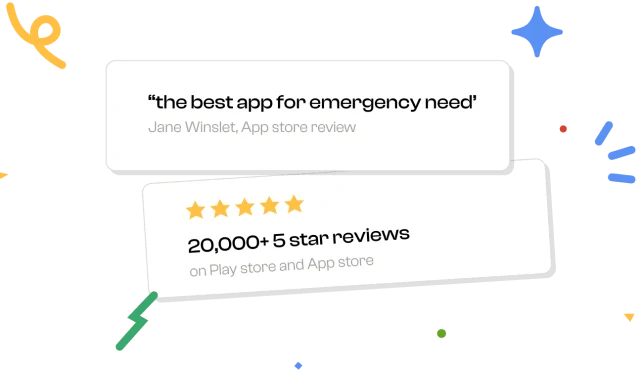Budgeting does not have to be difficult, nor should it eat up hours of your time. In reality, the greatest strategies to budget are often the most basic. Take the 50/30/20 rule, for instance. The 50/30/20 rule is a simple monthly budgeting approach that reminds you how much you should put into saving and living expenses.
What is the 50/30/20 rule of budgeting?
The 50/30/20 rule is a simple budgeting approach that helps you manage your money. The general idea is to divide your monthly after-tax income into three categories: 50% for needs, 30% for desires, and 20% for savings or debt repayment.
You may put your money to work more efficiently if you maintain your costs balanced throughout these major spending categories on a regular basis. And by tracking only three primary areas, you may spare yourself the effort and frustration of delving into the minutiae every time you spend.
“Why can’t I save more?” is a frequently asked budgeting question. The 50/30/20 rule is an excellent solution to tackle the age-old conundrum and discipline your spending patterns. It can help you attain your financial objectives, whether you’re saving for a rainy day or paying off a debt.
See also about: How to Budget for Memorial Day Weekend Travel: Best 10 Tips
Breaking down the 50/30/20 rule
50% is for Needs
The things you definitely need to survive or must accomplish in order to live are considered needs. Paying bills, getting groceries and food, paying rent, paying the mortgage, insurance premiums, minimum debt repayments, and other similar duties that you must complete in order to live happily are examples of needs.
According to this guideline, you can utilize half of your after-tax income to pay for things that are always on your to-do list. If you fail to make these payments, you will either be in difficulty or will accrue extra such obligations for the next month, which will very certainly include interest levied on the late payment.
Following the 50/30/20 rule, if you wind up expending more than 50 percent of the overall of your income on necessities, you will have to cut a few items off your ‘Desires’ list.
30% is for Wants
Wants, as the name implies, are the comforts that money can purchase. In simpler terms, these are not necessities for survival, but goals to strive towards. This is also the most difficult portion to handle since desires are limitless unless you are a modern-day Buddha who is satisfied with the minimum requirements. Wants include items that make you happy, such as occasional eating, movie excursions, leisure travel, seasonal buying, grooming splurges, hobby lessons, and so on. As you can see, the list of wants is endless, and if left unchecked, it might encroach on savings.
20% is for Savings
While requirements and wants are important for your current well-being, savings will get you through the future. This bucket is possibly the most essential, yet it is also the most overlooked.
According to the 50/30/20 rule, 20 percent of your post-tax income must be saved and then invested. Please keep in mind that, unlike necessities and wants, savings should be non-negotiable and a top priority. If that means temporarily postponing your vacation, so be it. Everything else can wait, but your money and savings must not suffer.
Once you’ve effectively managed and stabilized your lifestyle, you may try to dedicate additional cash to the Savings section. The guideline may therefore be expressed as follows: 50% for needs, 20% for wants, 30% for savings, etc. You can always modify this rule to fit your needs. Just make sure that at least 20% of your post-tax income goes toward the savings portion.


























